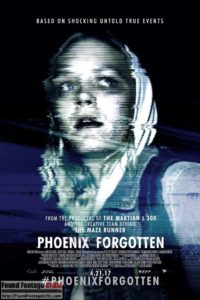 We have an exclusive interview with Justin Barber, the director of the upcoming Ridley Scott-produced found footage film, Phoenix Forgotten. That’s right, we’ve navigated through the maze of government conspiracies, misdirection, and red tape to uncover the truth behind the Phoenix Lights.
We have an exclusive interview with Justin Barber, the director of the upcoming Ridley Scott-produced found footage film, Phoenix Forgotten. That’s right, we’ve navigated through the maze of government conspiracies, misdirection, and red tape to uncover the truth behind the Phoenix Lights.
On March 13, 1997, thousands of people reported seeing a series of lights flying in formation over the city of Phoenix, Arizona—an event now referred to as the Phoenix Lights. Ridley Scott’s latest production reveals what really happened on that spring evening twenty years ago. Phoenix Forgotten will hit theaters nationwide on Friday, April 21.
Click here to read our Phoenix Forgotten Movie Review!
This article is a written transcript of select portions of our live audio interview with Justin Barber, which aired on Episode 92 of the Found Footage Files podcast on April 1, 2017.
Click here to LISTEN to the full EXCLUSIVE interview of director Justin Barber!
The evidence presented below is classified, so before you read on, put on your tinfoil hats, and most importantly: watch the skies.
Phoenix Forgotten (2017): Evolution of an Idea
FFC (MS): Can you tell us a little about yourself and how you got started in Hollywood?
T.S. Nowlin found himself in a room with Ridley Scott and just happened to pitch this movie and he really liked it.
Justin Barber: I went to film school and got my professional start. After that, I started my career as a graphics guy. I did titles in lower thirds and small animations and that grew into doing VFX and more complicated VFX shots. All the while I was working with a guy named Wes Ball who went to film school at Florida State where I went and we worked in VFX together. At a certain point I went on to start directing commercials and Wes made a short named Ruin (2011). It was this animated short that he made almost entirely by himself. And on the strength of that, he got hired to direct Maze Runner (2014), and they made another one, and they’re filming yet another one. So he’s obviously had success with that.
FFC (MS): How did you get involved with Phoenix Forgotten?
Justin Barber: The idea for [Phoenix Forgotten] started with Wes Ball and T.S. Nowlin, who’s the writer. Yet again, another guy from Florida State. We tend to stick together I guess. The idea started with them—they were watching Catfish (2010) and [asked themselves] if this was real or not real. We grew up on Spielberg’s Close Encounters of the Third Kind (1977) and movies in that vein and I think the idea with Wes Ball and T.S. Nowlin that sparked was how cool would it be to make a found footage Close Encounters of the Third Kind (1977), but one that retained that authenticity.
I think back to The Blair Witch Project (1999)—found footage is tantalizing because the approach makes people ask, “oh wow, what if this actually was something that happened?” That’s the genesis of the idea and where I met the key people on it. T.S. Nowlin wrote the movie, and he and I worked together on the script, and Wes was the creative producer.
The Ridley Scott Connection
FFC (MS): How did Ridley Scott become attached to Phoenix Forgotten?
Justin Barber: At a certain point, Scott Free Productions got involved. T.S. Nowlin found himself in a room with Ridley Scott and just happened to pitch this movie and he really liked it. What I learned is that Ridley Scott is invested in supporting young filmmakers and this was a thing he felt he could get behind, just to make a cool, believable UFO adventure.
FFC (MS): What was Ridley Scott’s level of involvement?
Justin Barber: He wasn’t on set, but he was always there to lend his advice. Everybody involved knew we wanted to make something that Ridley Scott would like and sign off on—so that was really the driving force. I did get to interact with him a couple of times and he had a lot of great advice about the movie, but I really just wanted to create something that was of his level of quality—that’s what drove us.
The Phoenix Lights: The “Actual” 1997 Event
FFC (MS): I’m sure you’ve done plenty of research about the Phoenix Lights for the film. Can you describe what you’ve learned?
People swear it was an alien spacecraft so massive that it couldn’t have been anything that humans constructed.
Justin Barber: I was in high school when the Phoenix Lights happened. I remember writing an article for my high school newspaper about the Phoenix Lights. And when it happened in 1997, I saw local news coverage. I grew up in Florida and that’s where I was watching it. It was such a big story that it reached far and wide.
On March 13, 1997, in Phoenix Arizona, hundreds of people reported seeing a giant UFO in the sky. There are videos of it, and there’s still images of it, and it looks like a formation of lights. Everybody has a different opinion about what they were. Some people swear it was an alien spacecraft so massive that it couldn’t have been anything that humans constructed. Other people look at it and see more grounded explanations, like military flares. It’s one of our modern myths. It’s one of our southwestern urban legends known as the story of the Phoenix Lights.
FFC (MS): What kind of research did you conduct about the Phoenix Lights?
Justin Barber: I had the mindset that I was going to try to make a documentary. I was going to approach this as real world material and try to investigate this and get to the bottom of what it was. I talked to a lot of people in Phoenix, like experts, but also people who were around then and some eyewitnesses even. Everyone seems to have a different opinion. Some people who were right under it when it flew overhead said it blocked out the stars as it moved overhead. They couldn’t see any form, they just saw this formation of lights and darkness. And the other thing you hear a lot in the eyewitness accounts is that it made no sound whatsoever, and that was something that people think is very eerie. There are accounts that the lights returned over the years. There were waves of sightings, but all of questionable authenticity. Like I said, everyone seems to have a different opinion. We treat the Phoenix Lights somewhat as historical fiction. Our story is set in the real world events of the Phoenix Lights, but we inserted fictional characters.
FFC (DA): In your opinion, what are the Phoenix Lights?
Justin Barber: There’s photographic evidence, video, stills, and then there’s the word on the street—what real people tell you who saw it. Personally, I think that the photographic evidence is not very strong. When you actually look at the footage it looks like aerial flares. A lot of people think the Phoenix Lights were illumination flares dropped by a couple of A-10 Warthogs. And to me, that is what the photographic evidence suggests. However, a lot of people say that what they saw was not what was photographed.
FFC (MS): If you read the detailed accounts of what happened, there are reports of two unique events that evening. One was the light formation that passed over Phoenix, and next were flares that appeared elsewhere in the sky.
Justin Barber: Exactly. There’s a lot of information from different sources that conflicts. At a certain point in researching the movie, it became hard to determine who felt genuine and who was seeking attention or trying to tell a tall tale. I think something did happen that night obviously because so many people saw it. I want people to see this movie so they can see our take on what we think the Phoenix lights was—I don’t know if we will ever know, to be honest.
Listen to the full EXCLUSIVE interview of director Justin Barber here!
Cinematic Influences for Phoenix Forgotten
FFC (DA): Phoenix Forgotten is pre-release so you probably can’t give us too much of the story. One thing that intrigues me is that you draw a lot of inspiration from Close Encounters of the Third Kind (1977), and early Spielberg. How did these influences impact how you ultimately told the story?
Justin Barber: Our early sources of inspiration for us were Spielberg’s Close Encounters of the Third Kind (1977) and other movies in that vein. Poltergiest (1982) is another film I looked at—it’s a grounded story about people in this neighborhood and crazy stuff starts happening in their town and they go on this spooky adventure. We also looked at The Blair Witch Project (1999) and I also like the Paranormal Activity movies. My goal was to capture the spirit of Spielberg’s Close Encounters of the Third Kind (1977), but also make it as scary and as visceral and as tantalizing as The Blair Witch Project (1999). Around the same time as the original Phoenix Lights is when The Blair Witch Project (1999) came out, in the late 1990s.
My high school years are just a blur of The X-Files (1993), The Blair Witch Project (1999), and the actual Phoenix lights. A lot of the characters in Phoenix Forgotten are sketches of people I knew back then. I was the age of the main character in 1997. And I guess that’s where a lot of it comes from.
FFC (DA): I like the fact that you use the term adventure so frequently because that’s something that’s been lost in a lot of more recent, and especially Hollywood, output. In the 1980s it was so prevalent in cinema, like early Spielberg, Lucas, and Donner.
Justin Barber: I don’t always remember the characters from more straight-up genre horror movies. Whereas, the characters are so much richer in those Spielberg movies. They’re more fleshed out. They’re more relatable and more interesting. With Phoenix Forgotten, we wanted to really ground people in characters that you care about. So that when they go on this genre ride, in the second half of the movie, it’s that much more powerful. So that was another goal too, elevating the characters that you normally don’t see in a movie of this type.
Clickhere: Found Footage Films You Can Watch Now – Phoenix Lights, Camera, Action Edition!
A Plot Not Forgotten
FFC (DA): Can you walk us through the plot of Phoenix Forgotten?
Justin Barber: Many people have heard about the Phoenix Lights. It’s a huge UFO story, the biggest UFO story of our time in a way. If you look it up online you can see footage of the Phoenix Lights. So a lot of people are familiar with this iconic footage of this formation of lights in the sky, but fewer people are familiar with who actually shot this footage. And this iconic footage was filmed by this high school kid named Josh Bishop who was living in Phoenix at the time, and six weeks later he vanished along with two of his friends from his high school. They just drove out into the desert one day and were never seen again.
Twenty years later this character’s younger sister, she’s now a 26-year-old woman, returns to Phoenix to make a documentary about what happened to her brother. It’s a story told in two different timelines. Half of the movie takes place in modern day, trying to unravel the mystery of these missing kids. This modern day filmmaker talks to the family members of all the kids who went missing and members of law enforcement who were involved with the search for these missing kids.
This material is intercut with the story in 1997 of Josh, the main character filming the Phoenix Lights, and then appearing on the local news with his footage—he gets obsessed with this mystery and decides to investigate the lights. He ropes two friends from high school in the journey and that ends up being the trip from which they never return.
Prepping for Production
FFC (MS): Cinematically, how did you prepare to shoot Phoenix Forgotten?
Justin Barber: Found footage films are essentially all documentaries. Not only did I watch a lot of the Paranormal Activity movies in preparation, but also Grizzly Man (2015), the documentary by Werner Herzog. As we were prepping for Phoenix Forgotten I was thinking I’m going to make Grizzly Man (2015) with UFOs—In a way, it’s like that. The character (Josh) is involved in this tragedy and disappears and he’s only seen in the period footage. The modern day characters are trying to investigate what happened to him and come to grips with it.
Phoenix Lights, Camera, Action!
FFC (DA): Did you shoot the 1997 scenes with actual period video equipment to capture the footage or use HD equipment?
Justin Barber: I bought a lot of Hi8 and Video8 cameras just to play around with and shoot some footage with. In the end, stock was an issue. We probably couldn’t have gotten enough stock to make this movie. I was really committed to getting this authentic nineties camcorder look. The ergonomics of the camera and the weight or size of it determines the look [of the footage] more so than the size of the chip and its resolution.
I settled on a Sony camcorder EX1 and sometimes an EX3. It’s a small Sony camcorder that shoots 1080 HD, but the weight and size makes the motion of the frame like a kid holding a camcorder. We also shot at the framerate that you would have shot at in 1997. We shot at 29.97 frames per second on this camcorder. So we shot all of the 1997 footage on that.
FFC (DA): Did you age the video from the 1997 scenes in post?
Justin Barber: To get the ultimate look for that footage we washed it all to VHS tape, re-ingested it, and put it back in the timeline. As the effects artist I’m often asked to give someone a look that is VHS or whatever, and it’s really hard to make it look authentic. It usually costs more money and takes more time than just washing it through a tape. The problem is you’ve got to find people who have the tape decks. We found a very nice man named Chris at a company called Post Haste in LA. He was willing to wash all the stuff through VHS for us and then re-ingest it. In the end, you still see an image that was originally HD video, and it’s washed to actual VHS tape. It’s not 100% authentic, but for the average viewer, it’s pretty cool looking.
FFC (DA): How did you shoot the present day footage?
Justin Barber: The modern day elements of the movie were shot on a modern day camera with nicer lenses as a contemporary documentary would look. The first half of the movie is a chapter in modern day and you’re looking at beautiful cinematic images and then you have a chapter in 1997 that’s more granular and it’s VHS. Then you come back to modern day. I wanted to commit to The Blair Witch Project (1999) aesthetic for the 1997 footage.
FFC (DA): Did you try using filters to age the video?
Justin Barber: I tried those filters and it just wasn’t as good as the actual tape. That (process) also helped us out with the digital effects. We did all our digital effects through 1080 plates in higher resolution and then washed the VFX shots through the deck as well to make it all feel consistent.
The (washing) process was kind of a nightmare because you have to let artifacting into the movie. You have to know there’s going to be crap in there you can’t fix from an image standpoint. In some places, it helps the look of the movie, and in other places it’s just frustrating and we had to redub clips a hundred times just because we didn’t quite want that [specific] glitchy look. We had a lot of help to do that and Chris at Post Haste was very patient “re-VHS-ifying” for us until we got the look we wanted. I was very fortunate for that. Thanks Chris!
Click here to LISTEN to the full EXCLUSIVE interview of director Justin Barber!
Who’s Behind The Camera?
FFC (MS): Did the actors operate the video camera in Phoenix Forgotten?
Justin Barber: Most of the found footage scenes in the movie are the 1997 footage that revolves around these three kids out in the desert. It was mostly my cameraman Jay Keitel holding the camera. Luke Spencer Roberts plays the main character Josh, who is the cameraman in the story—I told Luke to hug Jay Keitel as much as possible throughout all the scenes. In other words, Jay was operating the camera, but for the sake of the other actors, I really wanted Luke to be there with his head in the right place for that eye line as much as possible and performing as much as he could. In a perfect world, Luke would hold the camera the whole time.
I always remember hearing that in The Blair Witch Project (1999) the actors operated the camera themselves and [the crew] just put them in spooky situations as much as possible, tried to surprise them, and tried to immerse them in something real. You can imagine the actors out in the woods and the filmmakers down the hill screaming up at them making scary noises. And I love that Idea and the actors love that approach as well. We tried to do that as much as we could in Phoenix Forgotten.
Cameras were chosen that were as close to period as they could be and simple to operate, but it’s really hard to act and operate at the same time. We were also doing some elaborate things that really needed a cameraman to operate as well. You also have to think differently about the camera and coverage. I tried to think about when it was logical for Josh to roll and when it was logical for Josh to cut—there was a lot of that thinking during the shoot. Often, it didn’t matter because as a filmmaker making a movie about a filmmaker, you’re hypersensitive to some of those points of logic. But in the end, I think we did achieve that authenticity and it does feel believable. I think that’s partly because we had that approach going in. We tried to make it as real for the actors as possible.
It was definitely a learning experience and I have to say it was a team effort. There were some scenes the actors shot themselves. And some whole scenes they even wrote themselves that are in the movie and are great. There are some times where I would be off shooting a scene at one part of the desert field where we would be that night and T.S. Nowlin and Wes Ball would maybe be off shooting another scene. Everybody involved, the crew, the actors, had a lot of input. I think in the end when you watch the movie it will feel like a great group effort.
Faking Phoenix: The SFX Behind The Lights
FFC (DA): Did you use any stock footage from the Phoenix Lights?
Justin Barber: Josh’s footage of the Phoenix Lights we did create from scratch just because of how it plays into the scene with those characters. We needed more control over how it unfolded. I tried to emulate the look of that iconic footage that you see when you look online for the Phoenix Lights. I recreated Josh’s footage of the sighting and tried to get the footage close in a way. Partly the reason is, when I look at that footage of the Phoenix Lights, to me, that footage looks like flares. I wanted Josh to be on the fence and the other characters to be on the fence about what it actually was—so I made josh’s footage of the lights a little more UFOish.
FFC (DA): Coming from a visual effects background myself, I would imagine that this specialized skill set would be very advantageous.
Justin Barber: It’s sometimes a blessing and a curse. Most of my career was spent as a pixel pusher, an After Effects guy, and then a little more advanced stuff after that. All that time working in visual effects, people would come to me for advice on visual effects for their own projects. And I tell them to try not to use digital effect at all because in the end it will probably be cheaper and look better if you find a way to do it practically. Only do what you absolutely have to with a computer—that’s our approach on this movie as well. I tried to do all the biggest stuff as a practical effect.
Those old school Close Encounters of the Third Kind (1977) effects, that’s what people get excited about. We did a lot of that in the movie, but that being said, it does seem impossible in this day and age to make a movie without the aid of computers. The blessing and the curse there is that as the director I can’t always work on the shots myself, and it is a different skillset altogether as you grow in your career and have to start managing the effects teams. That’s something I had to learn on this movie. In the end, there were shots in the movie I did do myself, but again it was a team effort.
FFC (MS): Based on the cast page it seems you had a pretty big SFX team working on Phoenix Forgotten. There must be a healthy amount of visuals.
Justin Barber: Well, it’s a genre UFO movie, there has to be a payoff. I still think The Blair Witch Project (1999) is such a great movie. I’ll always remember the first time I saw it and how the ending. There are some people who leave the theater and feel robbed that they didn’t see anything. But on the other hand, it’s such a bold way to end the movie. For Phoenix Forgotten, we came up with an ending that straddles that line of giving the audience a payoff, but also leaves them wanting to see more.
Did You Hear That?
FFC (MS): One of our pet peeves in a found footage film is the use non-diegtic sound and background music. Did you stick to the found footage rulebook?
Justin Barber: The structure of our movie is that the first half you’re watching a modern day documentary made by this character. She incorporates her brother’s 1997 footage into the documentary. The modern day documentary is in the style of a contemporary example where there is music and editing technique. The character is still a young filmmaker so it’s not super polished with graphics and tons of music everywhere, but it is a cinematic documentary. There’s a big twist in the middle of Phoenix Forgotten and the style takes a big shift. And from that point on, it’s a found footage ride from a single camera perspective—the footage is edited, but it is more as the movie unfolds the camera is being stopped and rolled, stopped and rolled. In the second half of the the movie, there is no music. It is much more that commitment to just what the camera is picking up. And there’s a story reason for this. There’s a big twist in the middle that will make sense when you see the movie.
We committed to using no music in the second half and just relying on backgrounds and the characters’ breathing and other sound elements to help the pace and build tension. It is definitely kinda scary as a filmmaker to turn off one of your big tools. There were times when we were like man, do we just put music in here?
FFC (MS): The audiences of today are a lot more sophisticated than they were twenty years ago when found footage made its way into popular culture. Today’s audience is acutely aware of even the smallest deviation from the found footage conceit of a film, so it’s important to stick to the rules and put out a product that’s technically correct from a found footage perspective.
Justin Barber: I was really hyper-focused on that at the onset—the authenticity of it. Because audiences are savvy and they have been exposed to documentary and news media content much longer than audiences in the past had been. With that in mind, going into the project I was focused on making something believable. Logically thinking about when it make sense for josh to roll the camera and when it makes sense for him to cut.
But as the movie unfolded, I realized that I had to pull back on that a little bit. It was a bit of a push and pull. We shot this movie over time. At the onset we shot for a couple of weeks and got the bones of a story, and we cut a little bit and we shot a little bit more, and then cut a little bit, and we shot a little bit more. At the beginning of the process, I was focused on the device (i.e. found footage). The more I worked on the movie, the more I became focused on the characters and actually tried to make it more cinematic. I think for a theater audience you need both. I think it has to be smart enough so they buy into the device, but the film can’t be so committed to the device that it’s not cinematic or well paced or engaging or exciting.
Click here to LISTEN to the full EXCLUSIVE interview of director Justin Barber!
Casting The Phoenix
FFC (DA: Can you tell us a little about the cast?
Justin Barber: We had an amazing cast. I think that’s another thing that helps our film stand out. The younger kids [we used] it was their first movie. The supporting cast are older actors, you won’t necessarily recognize them from big roles, but they’ve been on TV, you’ll recognize them once you spend some time with them. It was interesting for the actors as well, coming from a TV or narrative background and having to act in a frame that’s meant to be a documentary of a real person. It called for a different performance style than they were used to.
FFC (DA): Was it challenging working with actors from a traditional film background on found footage?
Justin Barber: Getting the actors to wrap their heads around that the cameraman, the guy holding the camera that is filming them, is in the scene. Often I would just let the actors know that you can look at the cameraman. You can glance at the camera. You’re an everyday person not used to this camera being in your house. In the first couple of takes, just getting them familiar with that really helped the believability of the shot.
Once they wrapped their heads around that they were on their way. In documentaries, I’ve found that real people tend to bury their intent and underplay things. Dialog tends to be more conversational and actors are trained to show their intent—in a lot of scenes with my actors, the challenge was finding an underplayed version of the performance that still told the story. The challenge was making it all feel like these were real people and not actors in a movie.
Half the movie was scripted and half was unscripted. We entered the movie with a 60-page script for what eventually became a 90-minute movie. There was a lot of improv as well as scripted scenes. Our thinking was that it would help that conversational tone of dialog and performance to have some scenes that felt more off the cuff. Meanwhile, other scenes we really had to nail the beats in the script. What I found was that the younger actors were great with the improv and needed more time with the written material. The older actors were great with the written material but needed to feed off the younger actors more for the improv.
Phoenix Lights, Camera, Crash!
Justin Barber: Another cool thing about our movie—we got to break a lot of cameras, just flat out destroy them. There are some gag shots. I had the Sony cameras I told you about, which was our hero’s 1990’s camera. I also had a little JVC camcorder—that was the last camcorder made with what they call a global shutter as opposed to a rolling shutter. It’s a CCD chip camera, it just looks more like and old school camcorder.
I had this little camcorder which I put through so much trauma and it still works. The lens is completely shattered, but I’m amazed that the camera functions completely fine otherwise. This includes a trip on a weather balloon up into the stratosphere and back, smashing into the desert floor. There were also GoPros for some trick shots which we also totally destroyed, so that was a lot of fun. And again, JVC, who knew that it was the most durable camera on the planet.
Phoenix Forgotten Takes Flight
FFC (MS): We were surprised when we saw the Phoenix Forgotten movie trailer and learned that another found footage film was getting a nationwide theatrical release. How did the theatrical release evolve?
Justin Barber: We were fortunate to have something that Ridley Scott got behind. This elevated Phoenix Forgotten to the point where they were able to sell it to a theater audience. I would like to say it’s because I’m such a gifted director, and my movie is so great, and it’s the one that deserves to be in theaters. I think maybe it’s just the push from Ridley Scott that helped us, to be honest.
FFC (DA): How does it feel to have your film close to being released to the world?
Justin Barber: It feels good. I think we made as good a movie as we can make. I think we’re really respectful to the genre and the heritage, and not only to these great found footage films, but also to the movies that Ridley Scott has made, and also to the other heroes of ours that I mentioned. We tried to make something people will enjoy and get some excitement out of, and maybe tease them through the story with this mystery about what happened with these kids. We tried to make a great movie for you. And I hope you all like it.
Click here to LISTEN to the full EXCLUSIVE interview of director Justin Barber!
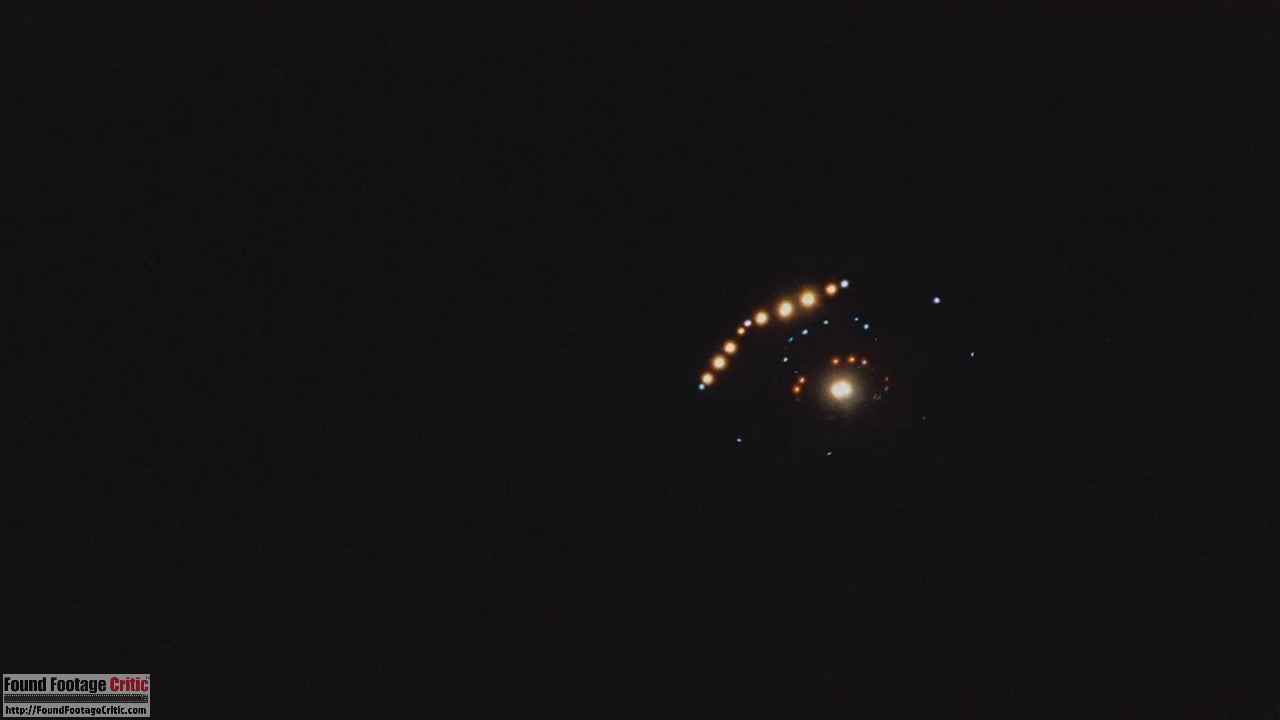

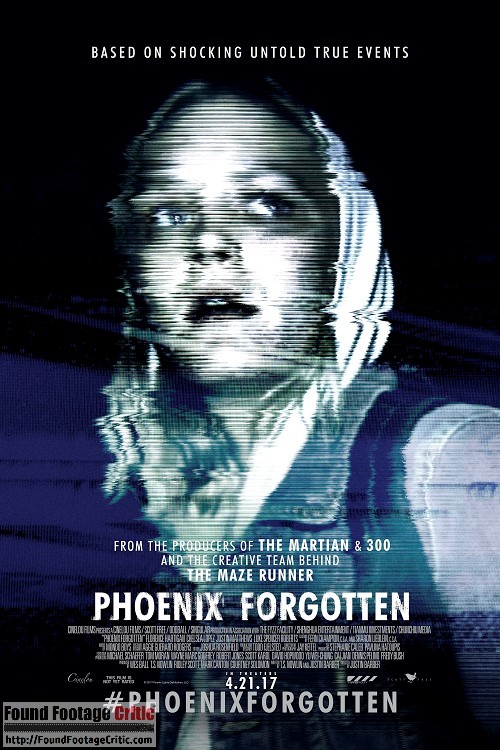
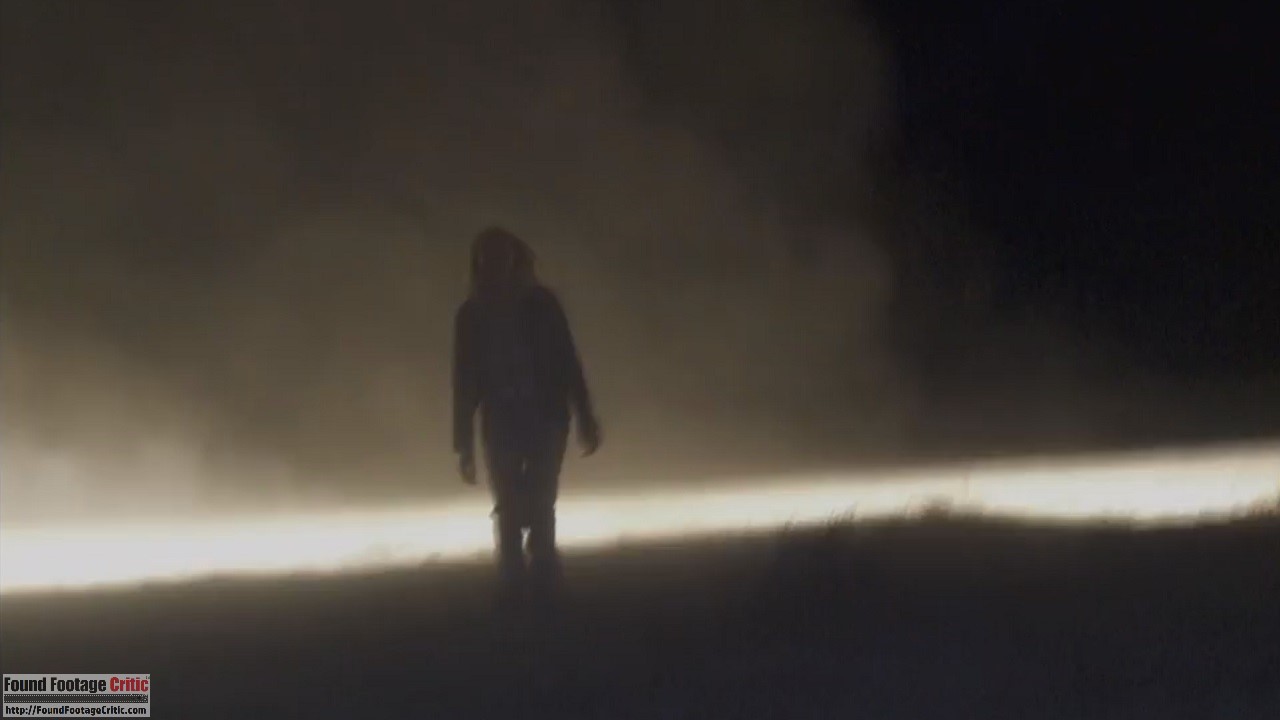
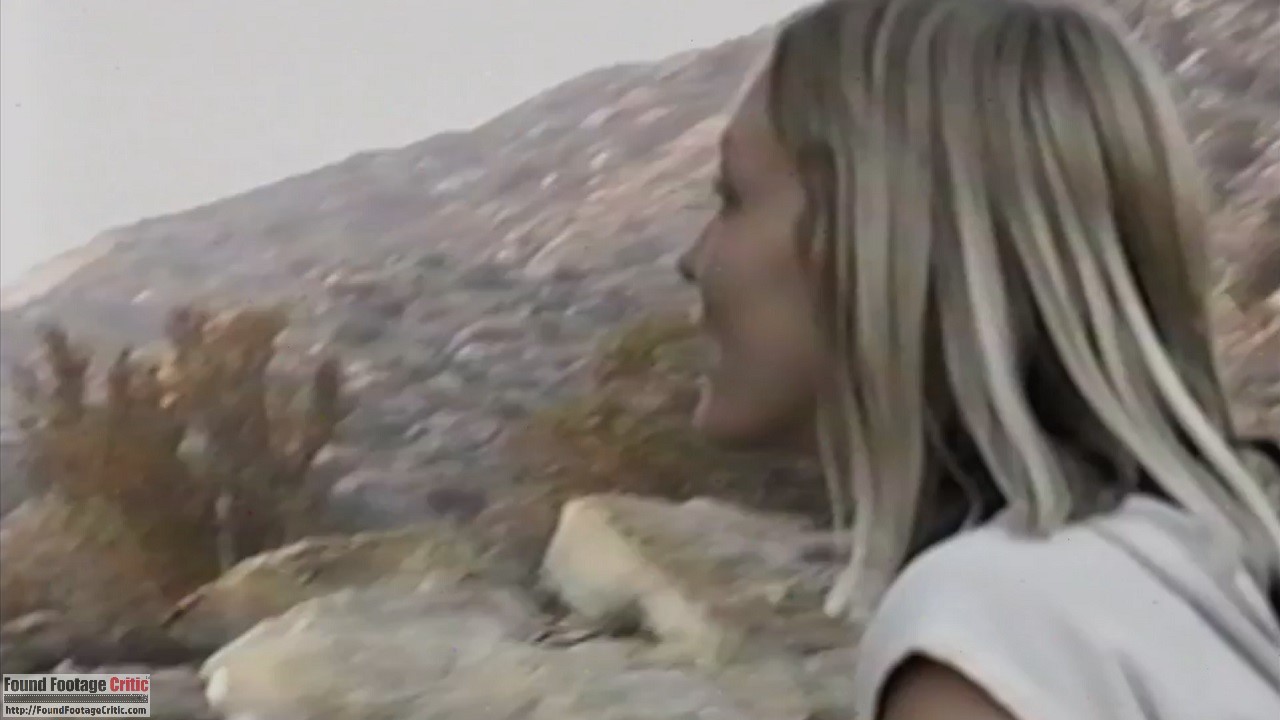
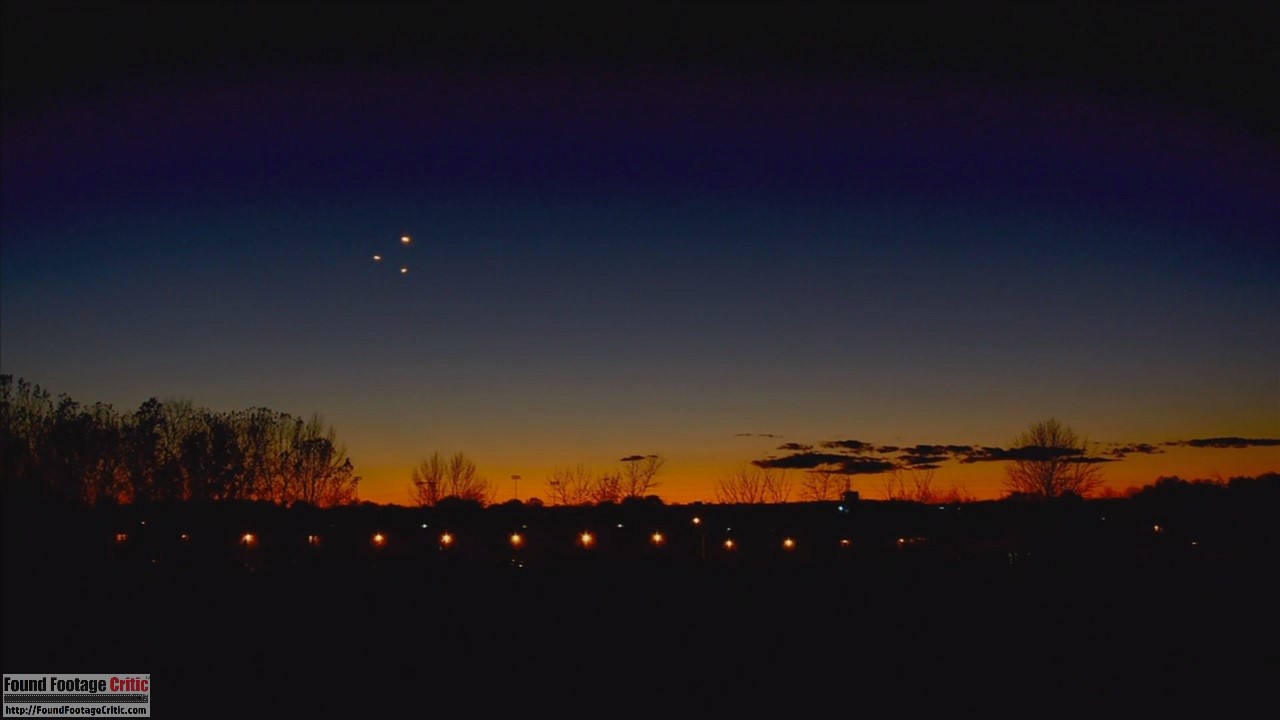
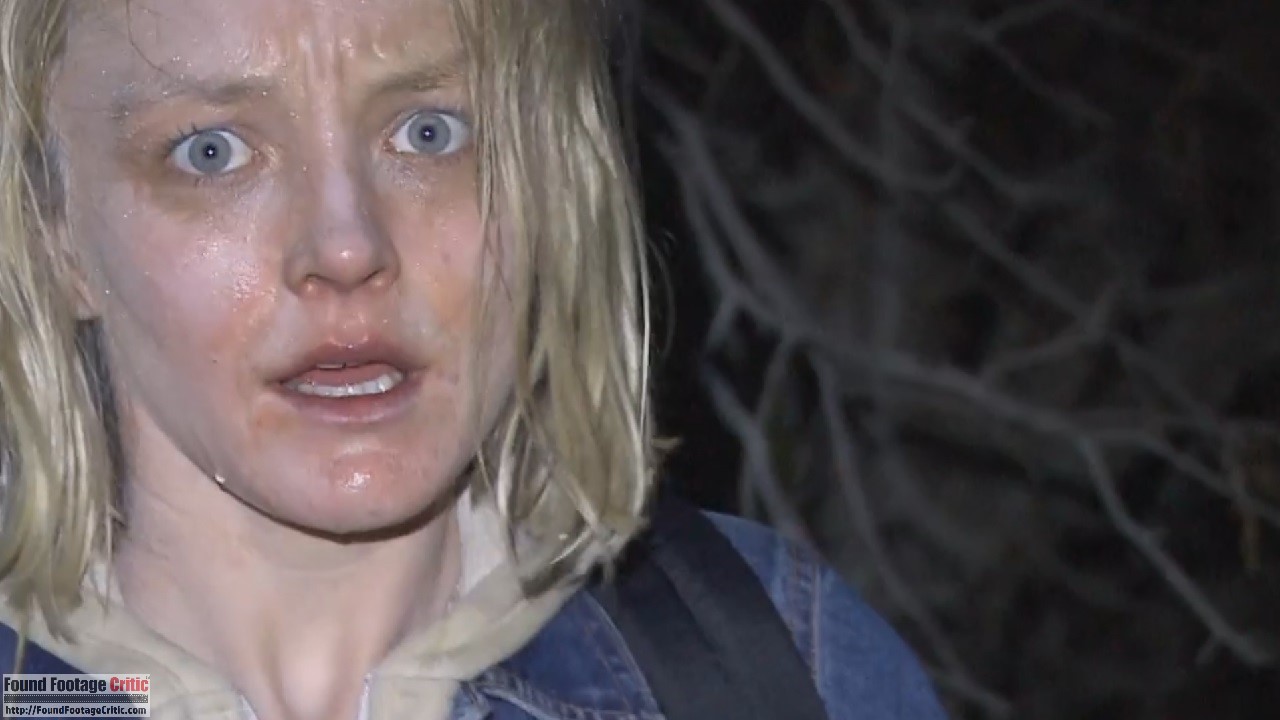
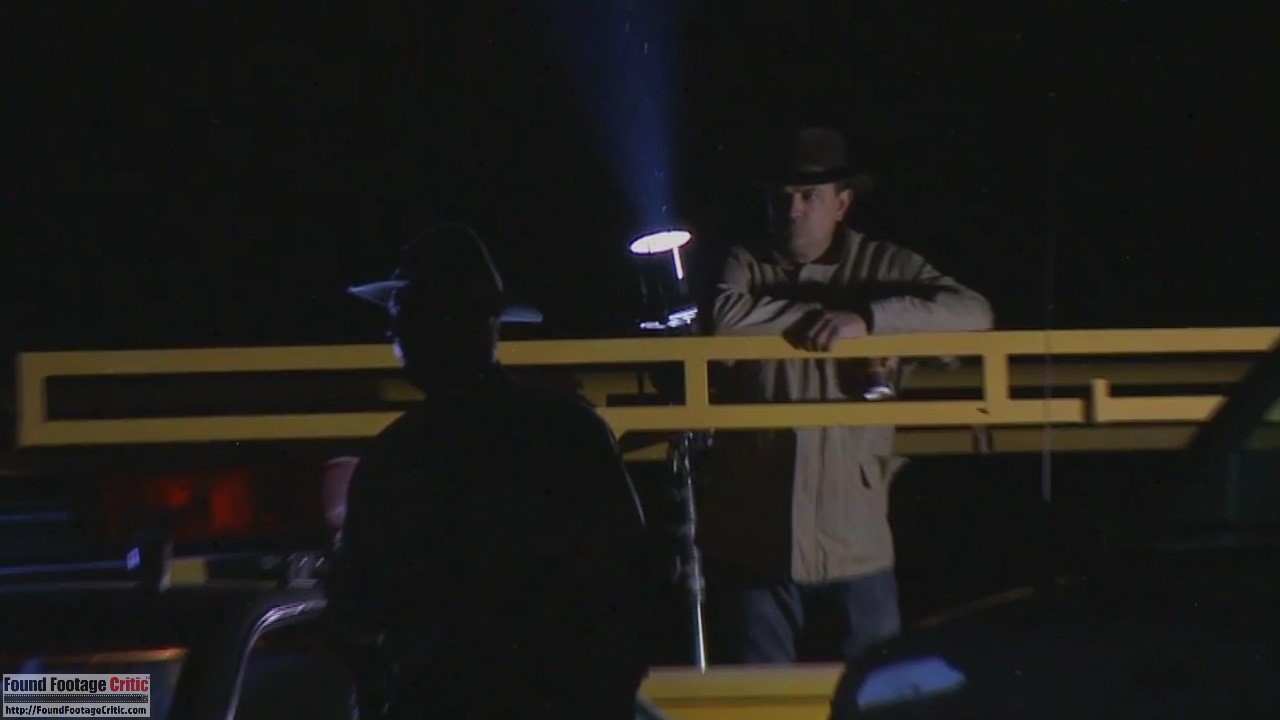
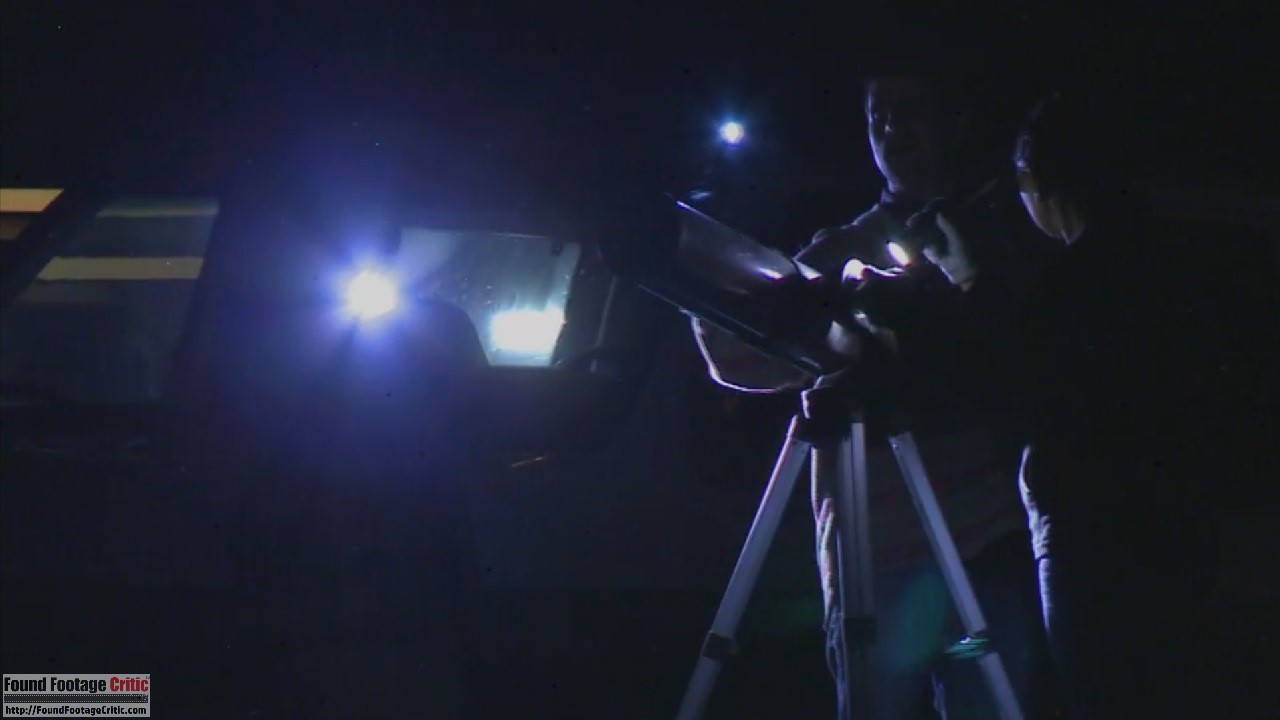
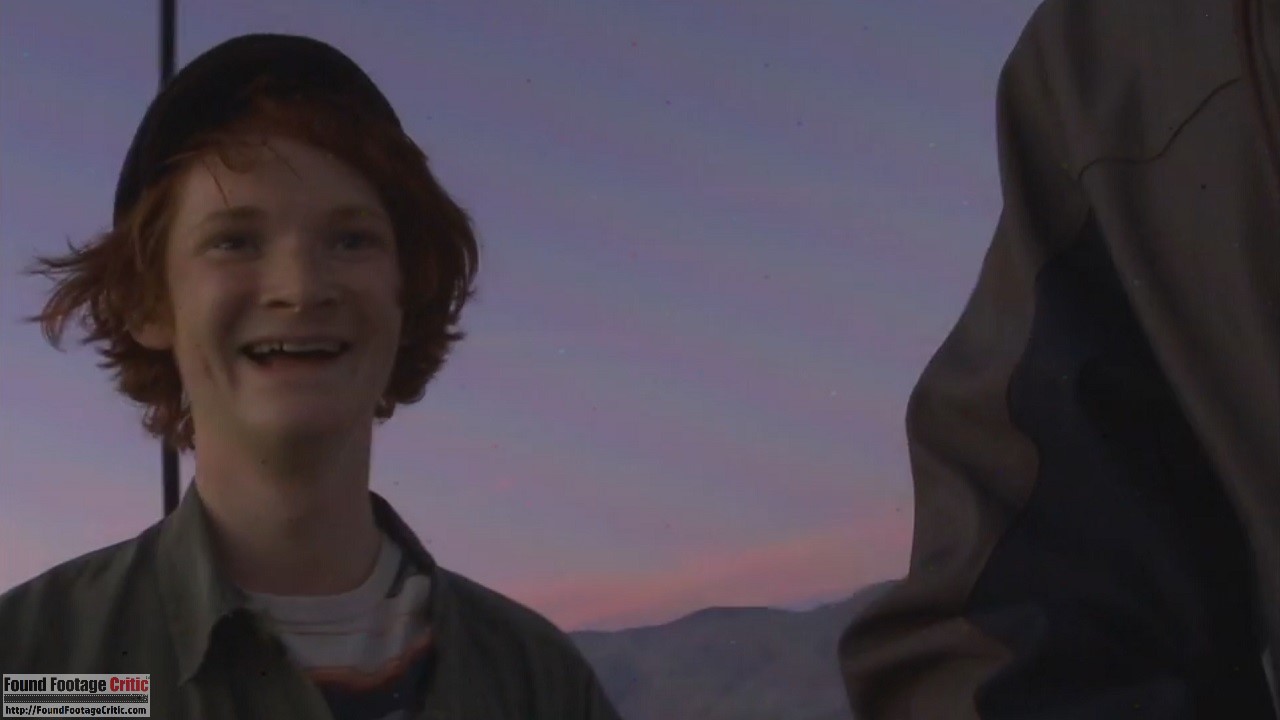
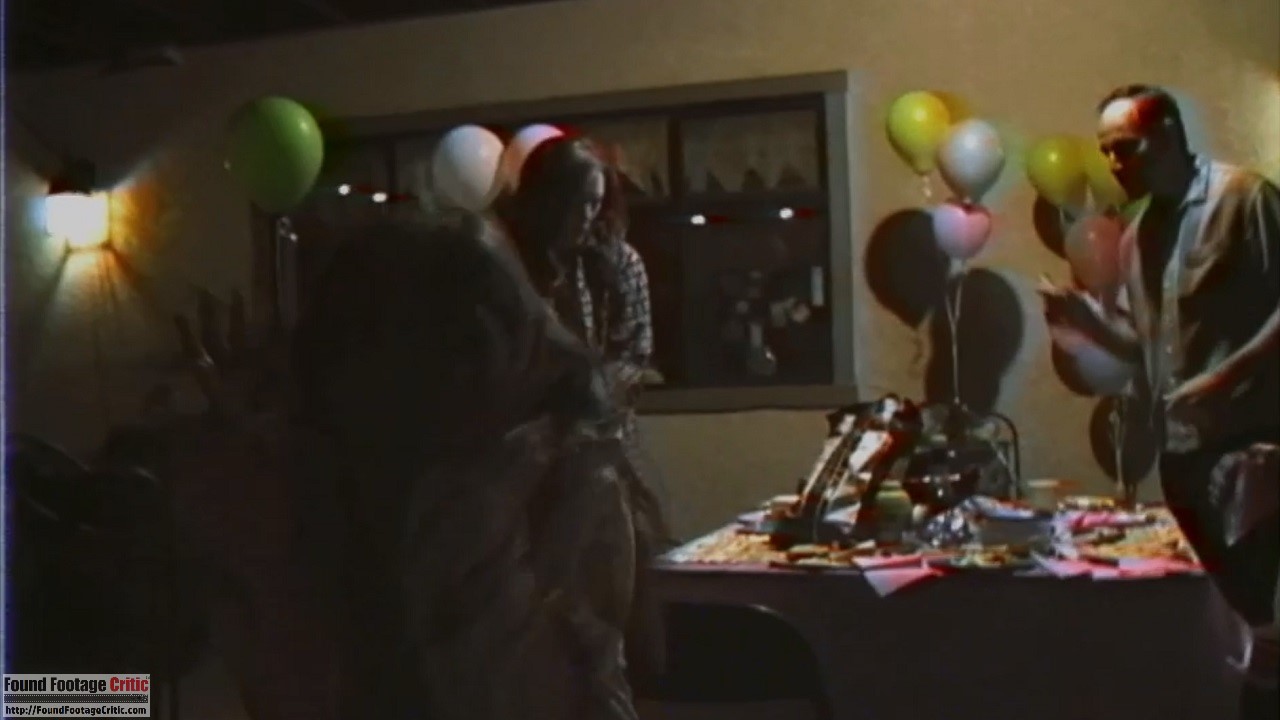
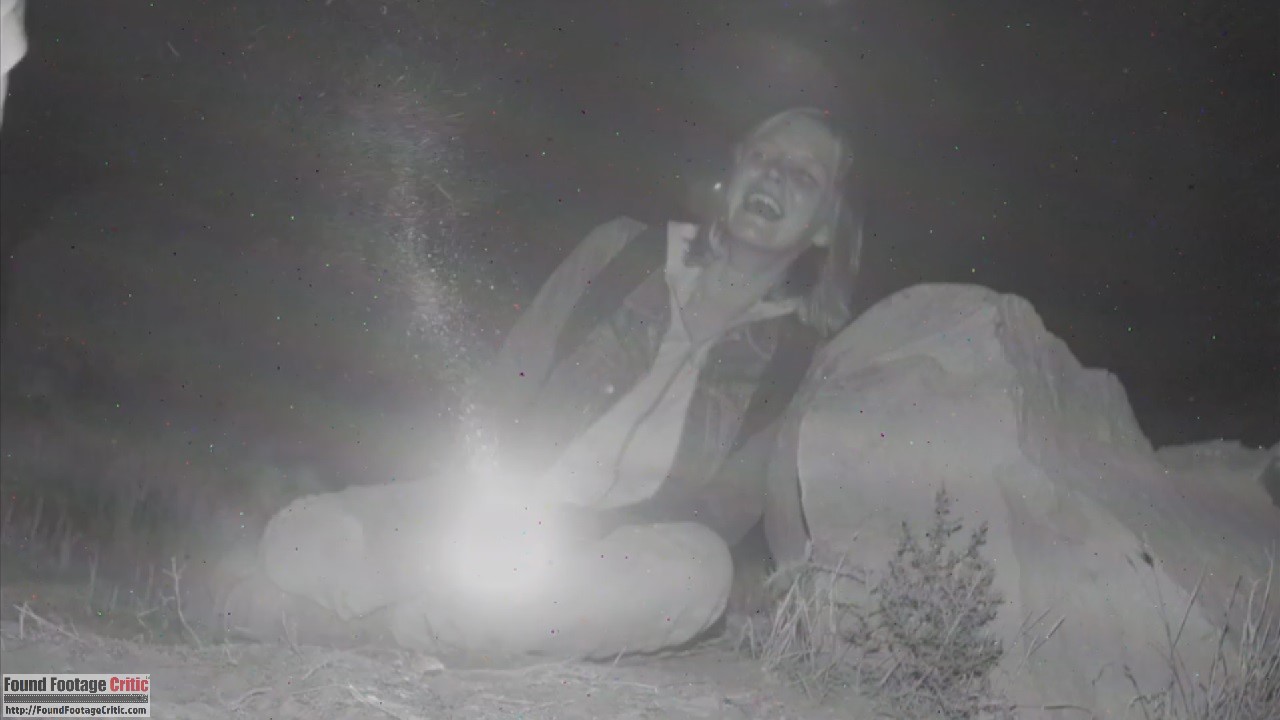
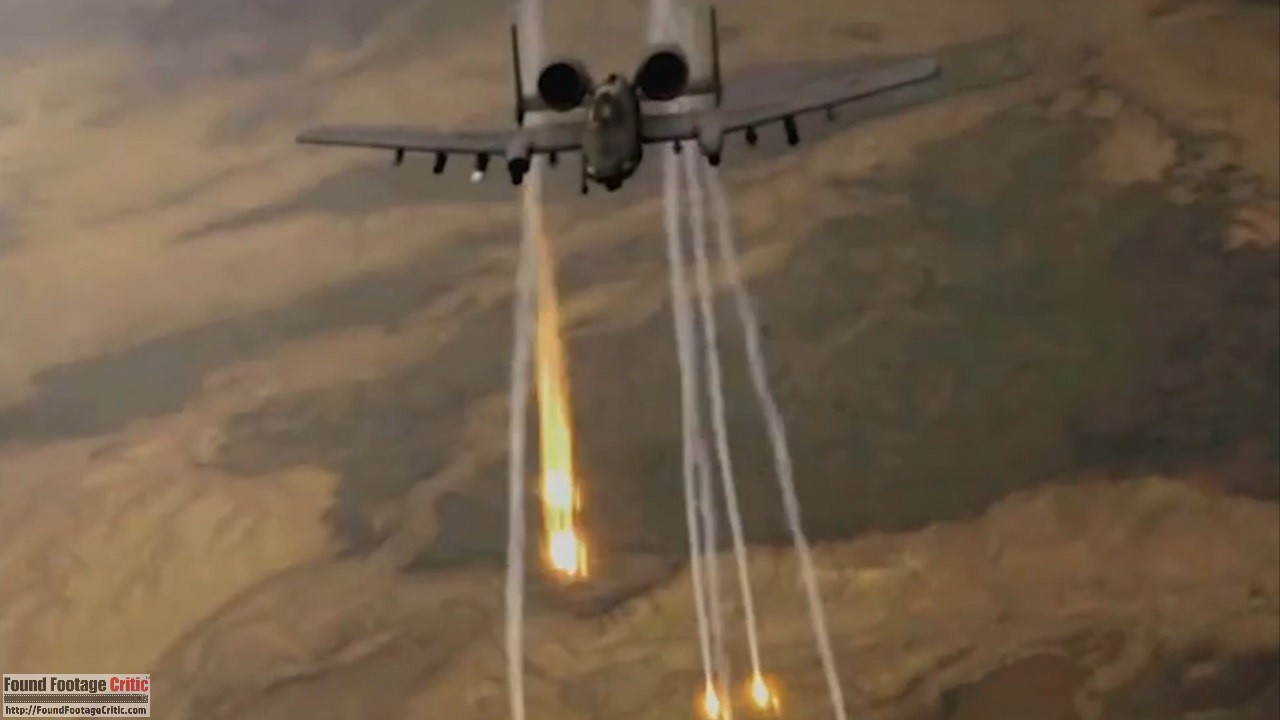
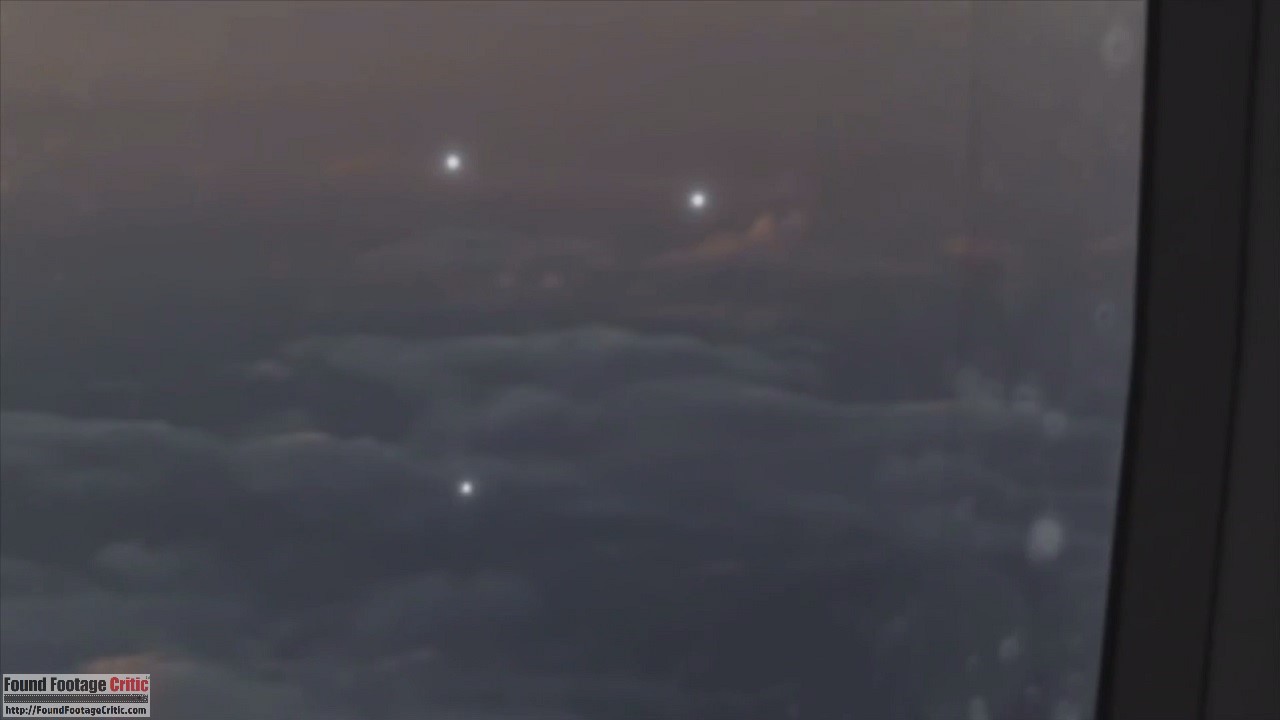
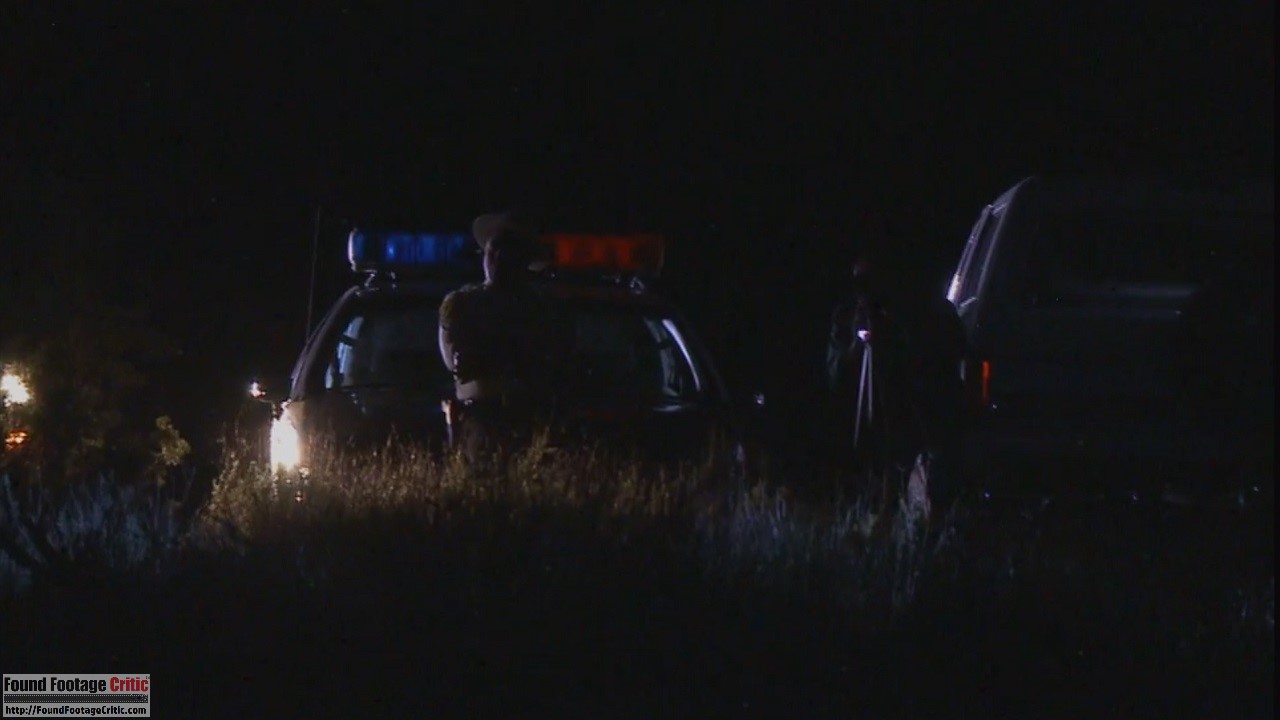
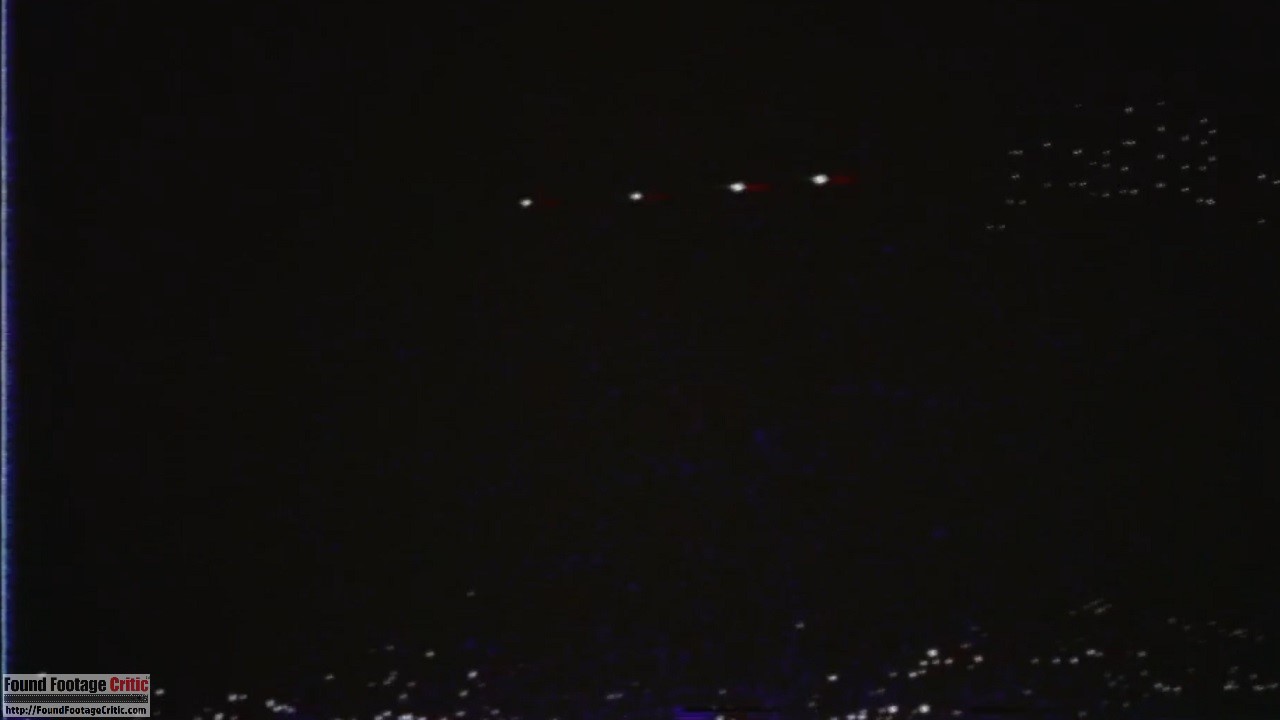
1 Comment
3 Found Footage Films You Can Watch Now - Phoenix Lights, Camera, Action Edition - Found Footage Critic